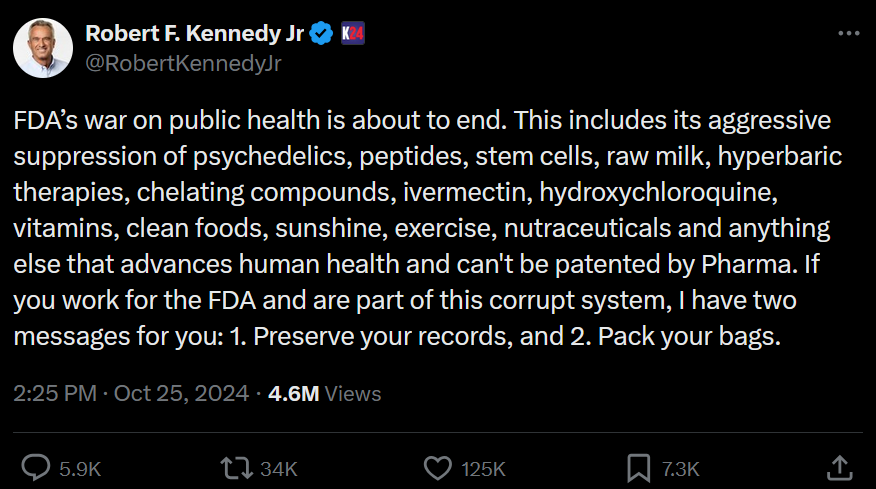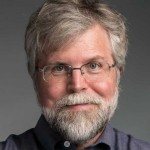Get In-depth Biotech Coverage with Timmerman Report.
25
Nov
2024
How to Quit Smoking and Prevent Cancer: Jonathan Bricker on The Long Run
Today’s guest on The Long Run is Jonathan Bricker.
Jonathan is a professor in the cancer prevention program that’s part of the Public Health Sciences Division at Fred Hutchinson Cancer Center in Seattle.

Jonathan Bricker, Professor, Cancer Prevention Program
Public Health Sciences Division, Fred Hutch Cancer Center
This episode is a little different than most. Jonathan is a clinical psychologist by training. His research team focuses on how to use a combination of technology tools — chatbots, smartphone apps, websites, telehealth – to help people quit smoking and break other harmful health habits. Pharmaceuticals aren’t the end-all, be-all here. But they sometimes can play a role in combination with tech-enabled behavioral interventions.
Despite major progress in reducing tobacco consumption in recent decades, smoking is still the leading cause of cancer death in the US. Anything that could help millions of people quit smoking has potential to reduce a huge source of suffering and death from cancer. It could make a bigger difference than any single pharmaceutical product.
This is a fascinating conversation that spans the boundaries of disciplines that don’t often converge – tech, biotech, and psychology.
Jonathan has a popular TED talk about “the secret to self-control” that you can find in the show notes on TimmermanReport.com. He has found broad audiences for this work, at one point capturing the imagination of comedian Trevor Noah. And FYI, I’ve known Jonathan a while, as he happens to be an alumnus of one of my past Kilimanjaro expeditions for Fred Hutch.
Please enjoy this fascinating conversation with Jonathan Bricker about alleviating a major source of cancer suffering and death. You might even discover some insights here that could translate into creative ways to break other sorts of addictions.
If you like listening to The Long Run, you’ll love a subscription to Timmerman Report. This is where you can read my coverage of the most interesting startups in biotech, my weekly Frontpoints column, and commentary from a rotating cast of contributing writers. Individual subscriptions are available on a monthly, quarterly, or annual basis. Group subscriptions are available at a discount. Go to TimmermanReport.com and click on ‘Subscribe’ for more.

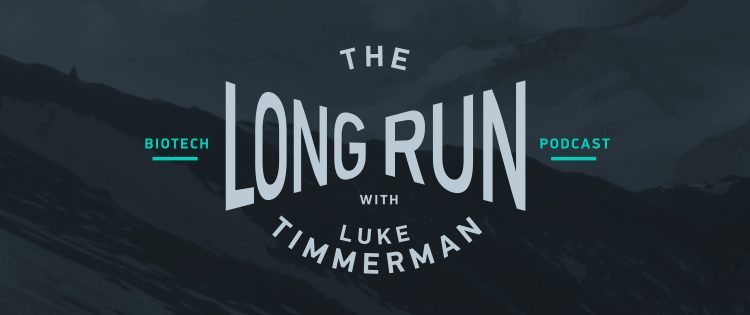




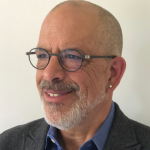







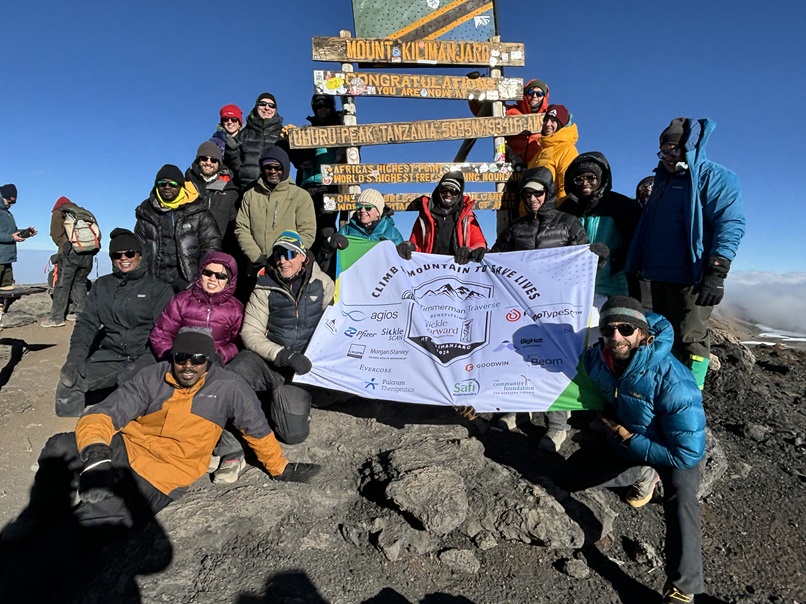

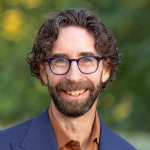
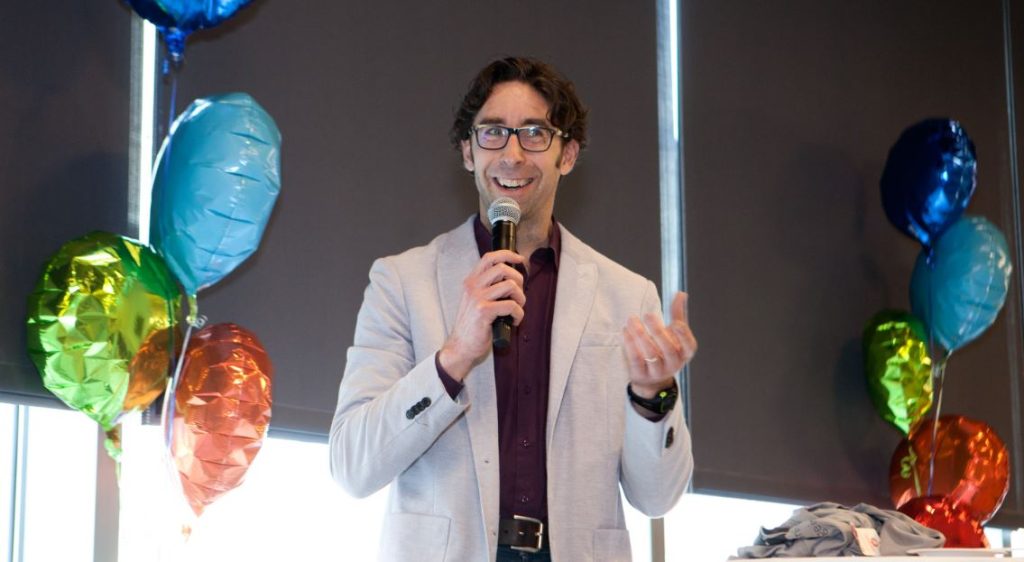



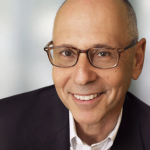 I have always kept my business and political lives separate – and have had no trouble doing so. But now my political beliefs and my industry are threatened by the same plague.
I have always kept my business and political lives separate – and have had no trouble doing so. But now my political beliefs and my industry are threatened by the same plague.